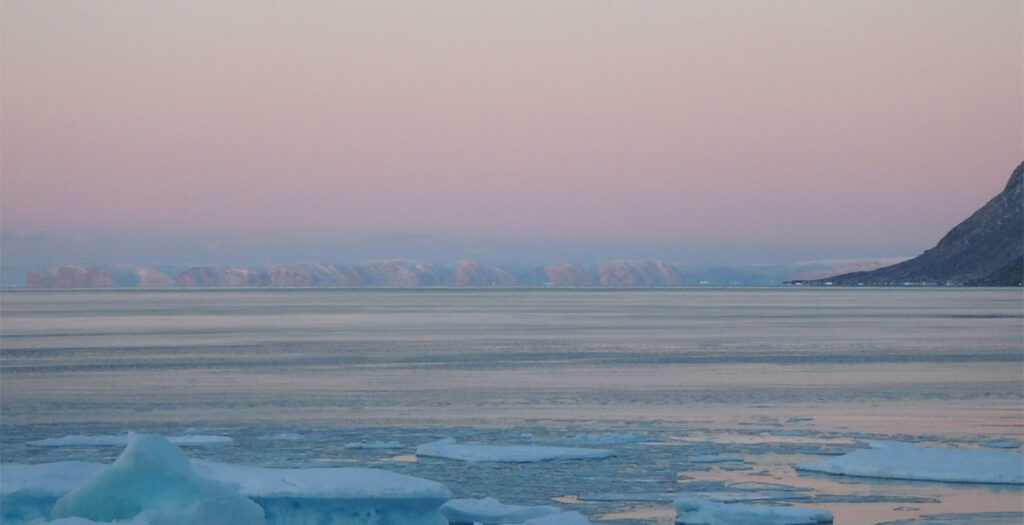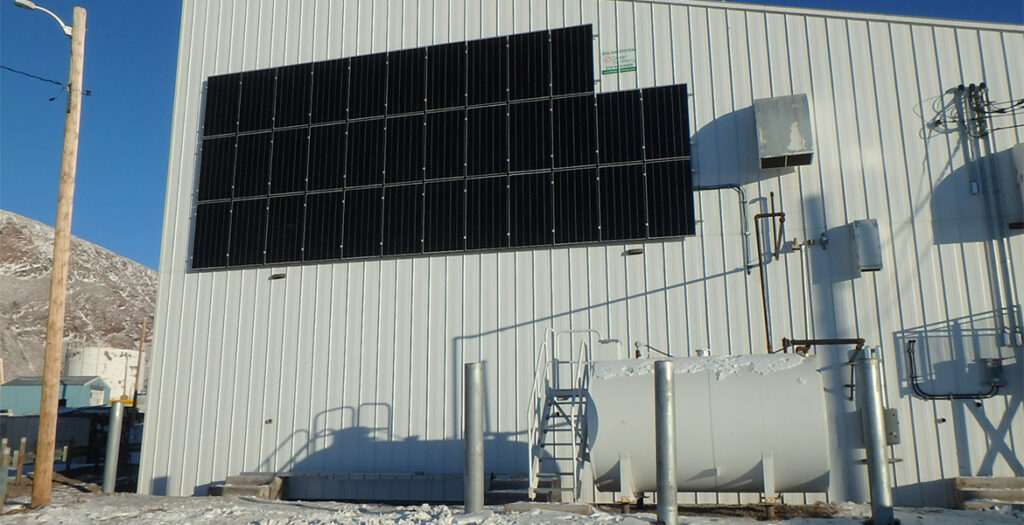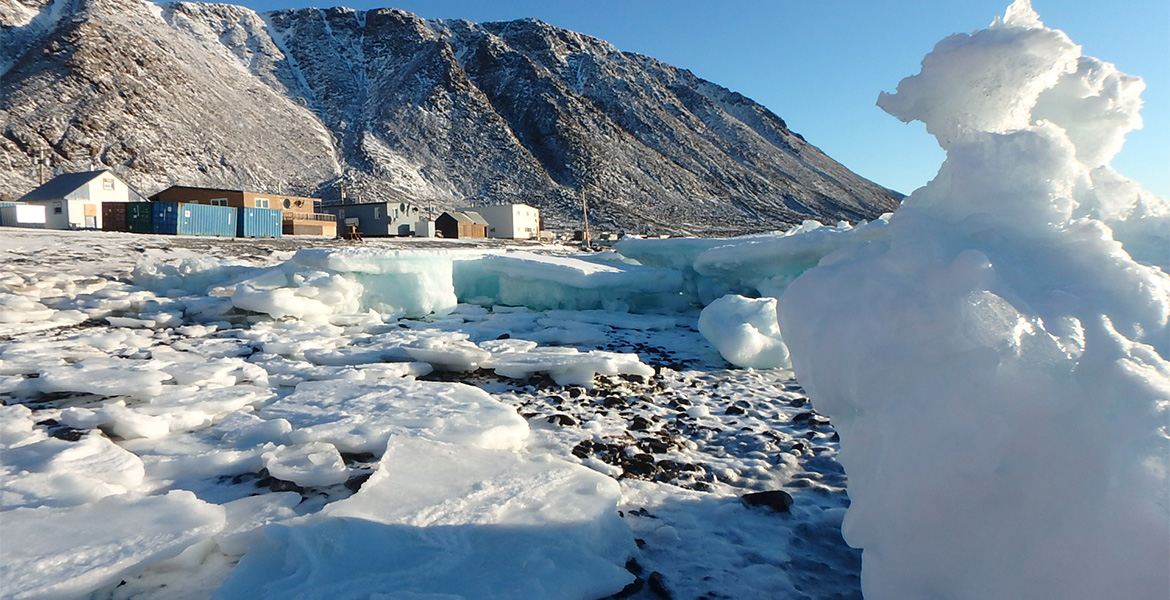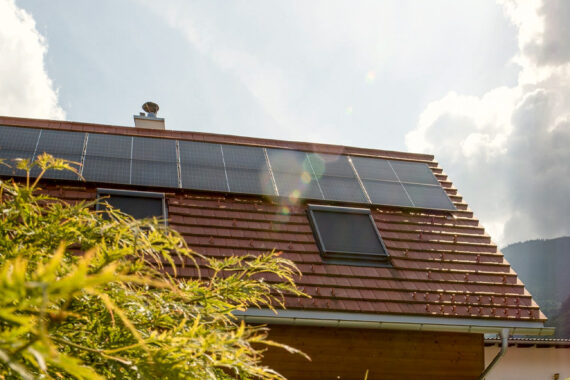Producing PV electricity where the sun doesn’t rise for several weeks at a time and where the sea is frozen for around three quarters of the year? What may sound crazy at first is actually possible—not to mention lucrative—with state-of-the-art solar technology. But how? We reveal all in this Energy Story…
Photovoltaic systems are everywhere. From a micro power plant on a balcony or a 10 kWp system on the roof of a family home to a huge solar park, solar energy is no longer the exclusive preserve of “eco-enthusiasts”. Whether in central Europe, Australia, or the remotest regions of Africa, hardly anyone questions the usefulness of PV systems any more. But what about the Arctic Circle? Can photovoltaics also pay off there?
“The place that never thaws”
To answer this question, we must look to Grise Fiord. The community in the Canadian territory of Nunavut is home to 135 people and is one of the coldest inhabited regions in the world. The hamlet is known as “the place that never thaws” and was entirely dependent on diesel power plants for its energy before the construction of a 10 kWp PV system. Shipping the fuel for the generators through the North Atlantic effectively doubled the cost of diesel, which has made supplying Grise Fiord with energy a costly undertaking up to now.

But the expensive transportation costs were not the only problem: with an average annual temperature of around -16 °C, the waters around Grise Fiord are frozen for almost nine months straight every year. During this time, the settlement cannot be reached by sea—a huge logistical challenge in even just delivering diesel, never mind installing a PV system on the facade of the community center.
Difficult journey for personnel and material
Grise Fiord therefore entrusted Green Sun Rising, a Canadian installer with experience in these latitudes, with installing the new photovoltaic system. “It was very difficult to coordinate all the deliveries in the extremely short time frame,” reports installer Klaus Dohring. “Just getting to the northernmost settlement in North America was complicated enough.” Even in good weather, it takes at least three days to reach Grise Fiord after a total of six flights.
“The main reason we chose Fronius was the support from a company with a local office and experience in constructing PV systems at higher latitudes.”
Klaus Dohring, President Green Sun Rising
But ultimately all the hard work paid off. Every component—including the Fronius Symo 10 208 – 240 inverter—arrived at its destination on time and the system could be put into operation at the community center.

“Important investment for our community”
The building not only houses offices, but also a gym, a stage, and a canteen. Mayor Meeka Kigutak explains: “Our community center is not just the municipal office building, but the hub of our social and cultural life here in Grise Fiord. The PV system is therefore an incredibly important investment for our community: Firstly, because it makes us more energy-independent, and secondly because it cuts our diesel costs. This money will now benefit our community in the long term.”
Non-stop solar power production
The PV system generates almost 10,000 kWh per year, significantly reducing the municipality’s reliance on expensive diesel. Although transporting all the necessary parts by sea at least doubled the cost of the PV system, it should pay for itself in just six years. This is due to the impressive levels of efficiency achieved during the summer—the sun never sets in Grise Fiord for around two months. The prevailing cold also has no impact on the PV system. On the contrary, it generates solar power continuously and achieves maximum efficiency.



